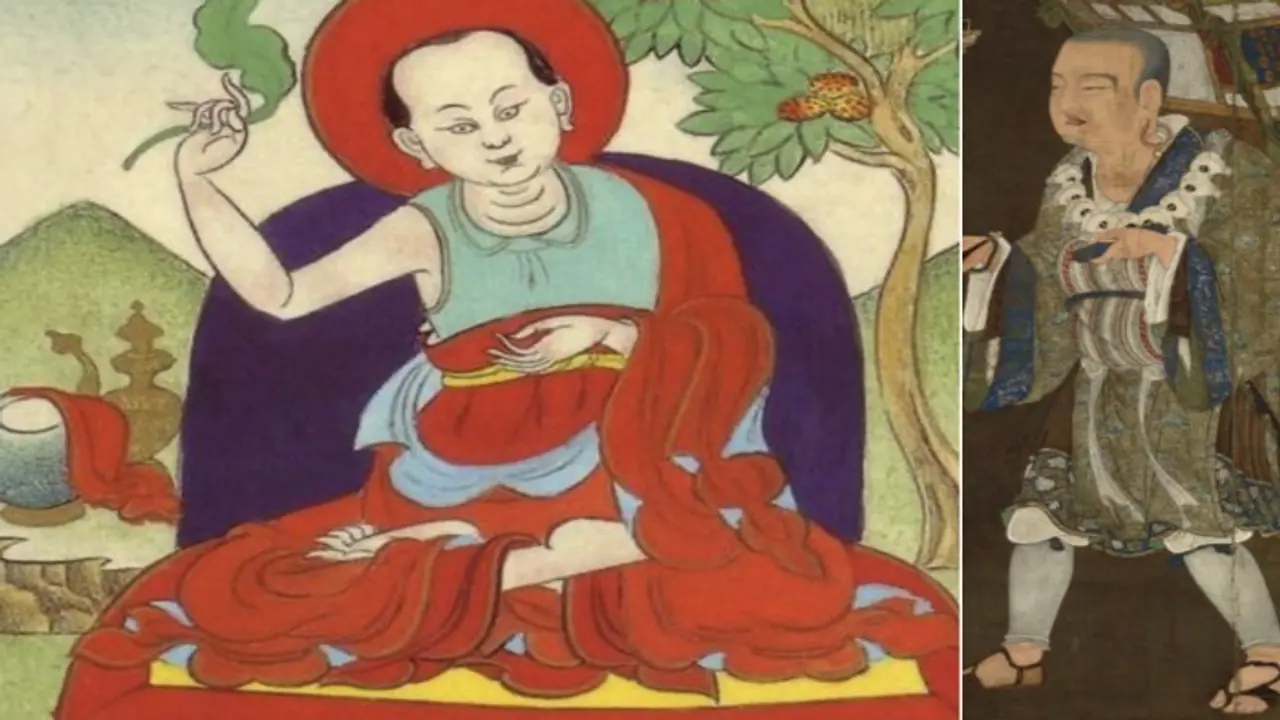In the 7th century, Chinese monk Xuanzang journeyed to India, studying at Nalanda and documenting its culture, politics, and religion. His detailed accounts offer invaluable insights into ancient Indian society and Buddhist scholarship.
Over one lakh devotees recently gathered at the Thanh Tam Pagoda, located within the Vietnam Buddhist Academy in Binh Chanh District of Ho Chi Minh City, to pay their respects to the Sacred Relics of Lord Buddha.

These revered relics were brought from India by an official delegation led by Union Minister Kiren Rijiju and Andhra Pradesh Minister Kandula Durgesh, accompanied by senior monks and government officials.
This sacred exchange reflects the centuries-old spiritual bond between India and Vietnam, deeply rooted in Buddhism. One notable connection dates back to the 7th century, when Chinese monk Xuanzang, also known as Hiuen Tsang, undertook a 17-year journey to India in search of original Buddhist scriptures and deeper spiritual understanding.
His extensive travels across ancient Indian kingdoms—including regions where these relics originated—helped build a lasting bridge of learning and devotion that continues to inspire Buddhist communities across Asia today.
A Journey of Faith and Scholarship
Born in 602 CE in China, Xuanzang was deeply committed to Buddhist studies. Unsatisfied with the incomplete translations of Buddhist texts available in China, he decided to travel to India, the birthplace of Buddhism, to access original scriptures. Despite travel restrictions, he embarked on his journey in 629 CE, traversing treacherous terrains, including deserts and mountains, to reach India.
Upon arriving in India, Xuanzang visited several key Buddhist sites, including Bodh Gaya, Sarnath, and Lumbini.
He spent significant time at Nalanda University in present-day Bihar, a renowned center of learning, where he studied under the guidance of the esteemed scholar Śīlabhadra. At Nalanda, Xuanzang delved into various subjects, including logic, grammar, and Buddhist philosophy, and engaged in scholarly debates.
Encounters with Indian Rulers
During his travels, Xuanzang met with Emperor Harshavardhana, the ruler of northern India. He attended the grand religious assembly organized by the emperor in Prayag (modern-day Allahabad), where he witnessed the king's patronage of Buddhism and his efforts to promote religious harmony.
Xuanzang's accounts highlight the emperor's support for education and his role in fostering a conducive environment for scholarly pursuits.
Documenting Indian Society
Xuanzang's observations extend beyond religious practices. He provided detailed descriptions of Indian society, including the caste system, educational methods, and urban life. He noted the prevalence of religious tolerance, with Buddhism, Hinduism, and Jainism coexisting peacefully. His writings also shed light on India's economic prosperity, trade practices, and the daily lives of its people.
Legacy and Contributions
After spending over a decade in India, Xuanzang returned to China with a wealth of knowledge and numerous Buddhist texts. He dedicated the rest of his life to translating these scriptures, significantly influencing the development of Buddhism in East Asia. His travelogue, "Great Tang Records on the Western Regions," remains a crucial source for understanding ancient Indian history and the cultural exchanges between India and China.
In recognition of his contributions, the Hiuen Tsang Memorial Hall was established near the ruins of Nalanda University. This memorial serves as a testament to his enduring legacy and the deep historical ties between India and China.


